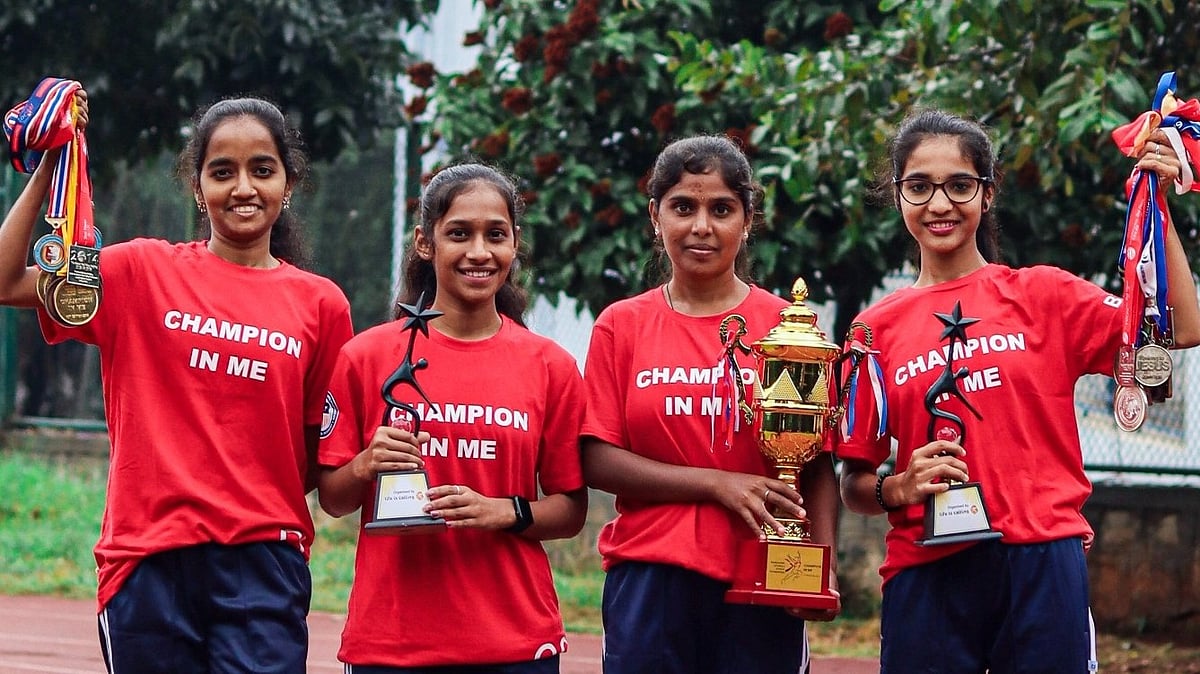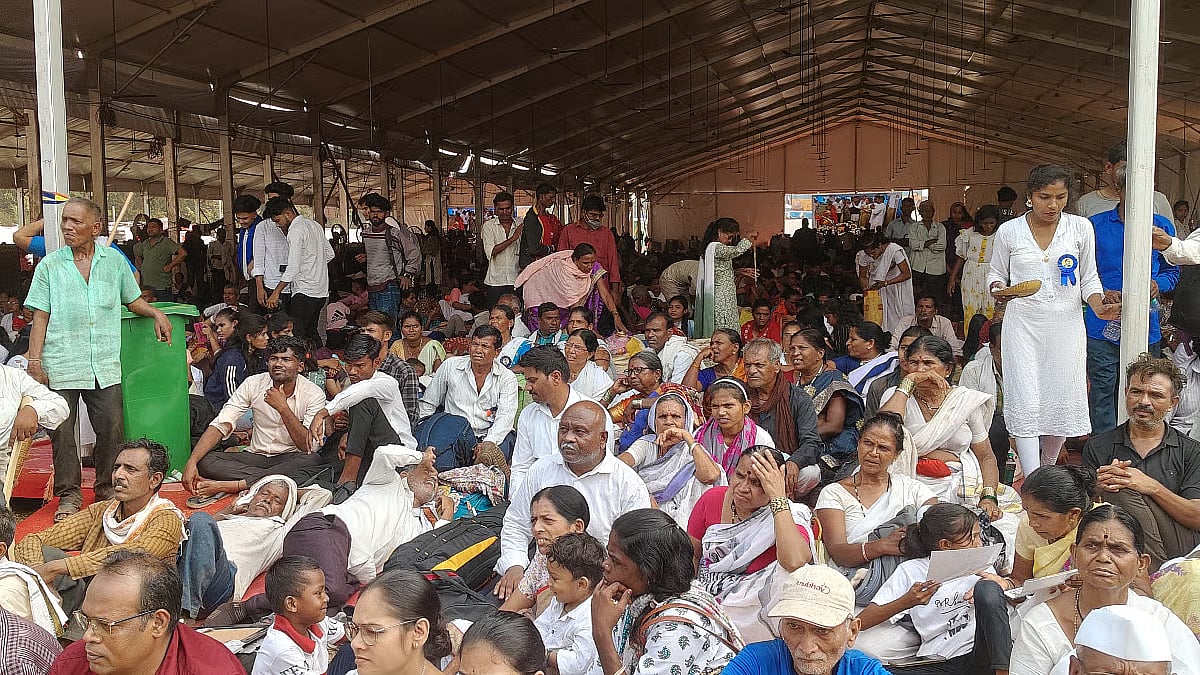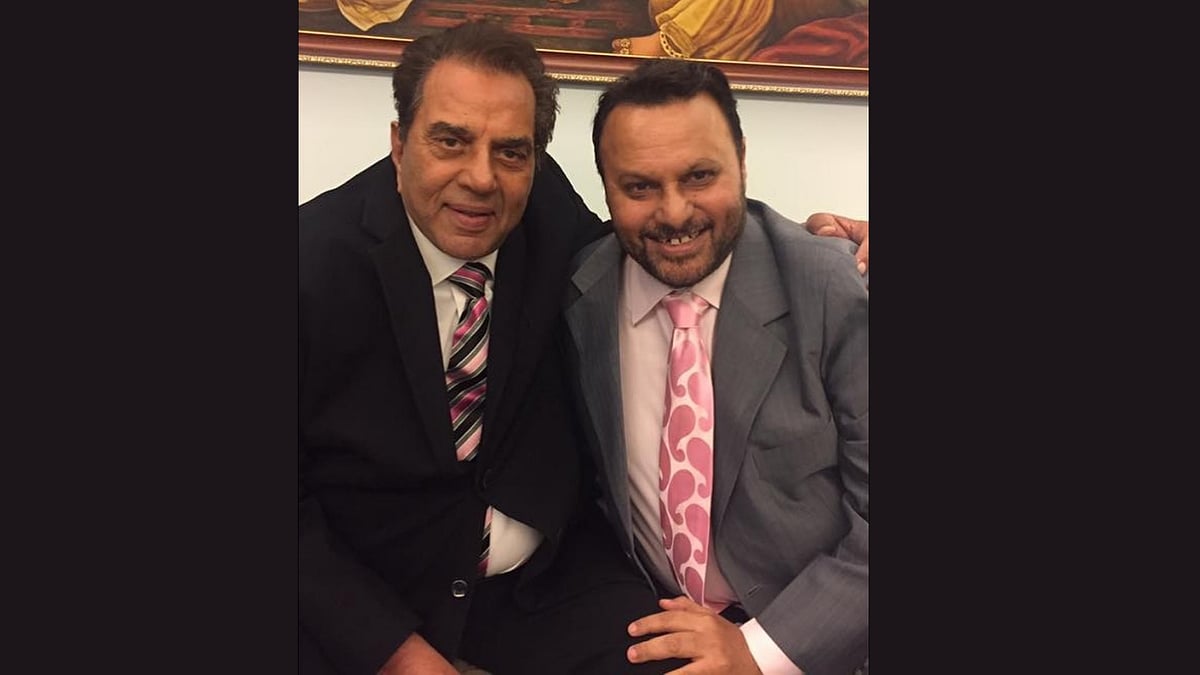Based on notes left and preserved by the family of late General Satyawant Mallanna Shrinagesh, the third Indian Army Chief and the second Indian officer to hold that appointment, the book, albeit published seventy years later, is an exhaustive and inspiring account covering an eventful period of Indianisation and modernisation of India’s Armed Forces since Independence.
Satyawant, son of Dr Shrinagesh Mallannah, personal physician to the Nizam of Hyderabad, was born in 1903 at Kolhapur, Maharashtra. After studying in a public school in England, he entered Cambridge University in 1921.
Among the earliest batches of Indians to be nominated for the Sandhurst Military Academy, U.K., he won the Quetta Cup for the best man-at-arms and was commissioned into the 19th Hyderabad Regiment (now the Kumaon Regiment) on 30 August 1923.
During the Second World War, in which 2.5 million Indian Armed Forces personnel participated and were a major war-winning factor, Shrinagesh was the commanded the 6/19th Hyderabad Regiment from December 1942 till August 1945, a month before the War ended. In November 1945, he was selected to go to Germany as deputy chief of the Indian Military Mission where he also worked as the economic adviser and consul looking after the interests of Indian nationals in Germany and locating missing Prisoners of War. In December 1946 he was chosen to lead the 268th Infantry Brigade British Commonwealth Occupation Force in post Second World War Japan till 1947.
In the first India-Pakistan war (1947-48) waged by newly born Pakistan almost immediately after Independence and Partition, Shrinagesh as overall commander of the Jammu and Kashmir operations master-minded a very bold and never-before attempted action of moving tanks to Zoji La (la means pass) at an altitude of 3,528 metres (11,575 feet) to over-come well-entrenched Pakistani defences there. Never had anyone conceived that tanks could be used at snow-bound Himalayan heights. The tanks had to be dismantled by removing the turrets with the main guns from the hulls and then both were loaded into wheeled vehicles. After unloading them from the wheeled vehicles the tanks had to be re-assembled before being used. After negotiating very tough terrain-steep and slippery amid heavy snowfall-the Stuart tanks of 7th Cavalry reached the Ghumri basin on 1 November 1948 and apart from creating a new record of using tanks at a very high altitude in military history, this move shocked the Pakistanis. The General’s military leadership was evident again during the critical campaign to link-up with Poonch.
Later, as Chief of the Army Staff from May 1955 till May 1957, General Shrinagesh had to face harder battles than on India’s borders in the corridors of South Block. With a Prime Minister like Nehru, who believed that India did not need an army-the police were sufficient- and also one who interfered unduly in military matters, it was not easy to convince the government of a newly-independent India that the country needed strong armed forces for its security notwithstanding its espousal of a credo of peace and non-violence. Supported by the autobiographical notes that General Shrinagesh left behind, the book also presents his perceptive views on many important military and civil matters, which are of permanent value.

A major post-Independence process that General Shrinagesh dwelt upon in the book is of Indianisation. The freedom that India got in August 1947, was initially only partial as it was still with “dominion status”, that is, it remained under the British Crown and chiefs of the Indian Army, Navy, and Air Force were still British officers. It was on 26 January 1950, that India declared itself a sovereign republic and adopted its own constitution.
Indianisation resulted in many Indian officers achieving higher ranks at younger ages. General Shrinagesh was only 54 years old when his tenure as the Army Chief ended. He was invited to become the principal of the Administrative Staff College by Dr John Mathai, Chairman of the Court of the same College and a former finance minister. This was indeed ironic because since Independence bureaucrats developed a dislike for military officers which has endured till date.
In the last phase of his service, General Shrinagesh became the only military officer to be appointed thrice as Governor -- of Assam, Andhra Pradesh and Mysore (now Karnataka), which remains a record. The last three chapters of the book are interesting accounts of these three tenures.
The book is informative for those from the military, security, intelligence, foreign and administrative services and also a good read for senior students, scholars and others.
Col Anil Bhat, VSM (Retd), a strategic affairs analyst and former Defence Ministry and Indian Army spokesperson, can be contacted at wordsword02@gmail.com
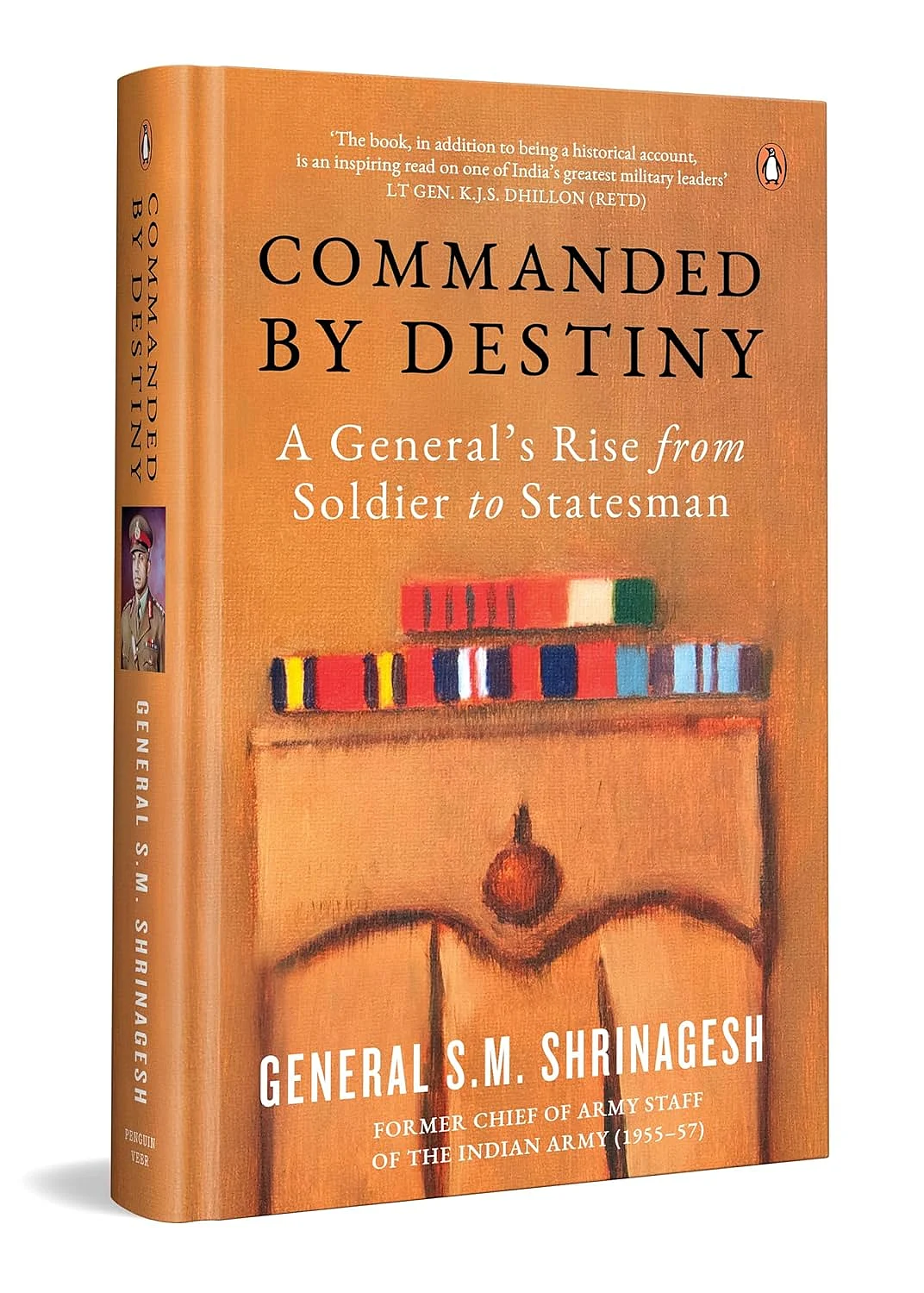
Book: Commanded by Destiny
Author: General S.M. Shrinagesh
Publisher: Penguin Veer
Pages: 306
Price: ₹ 699

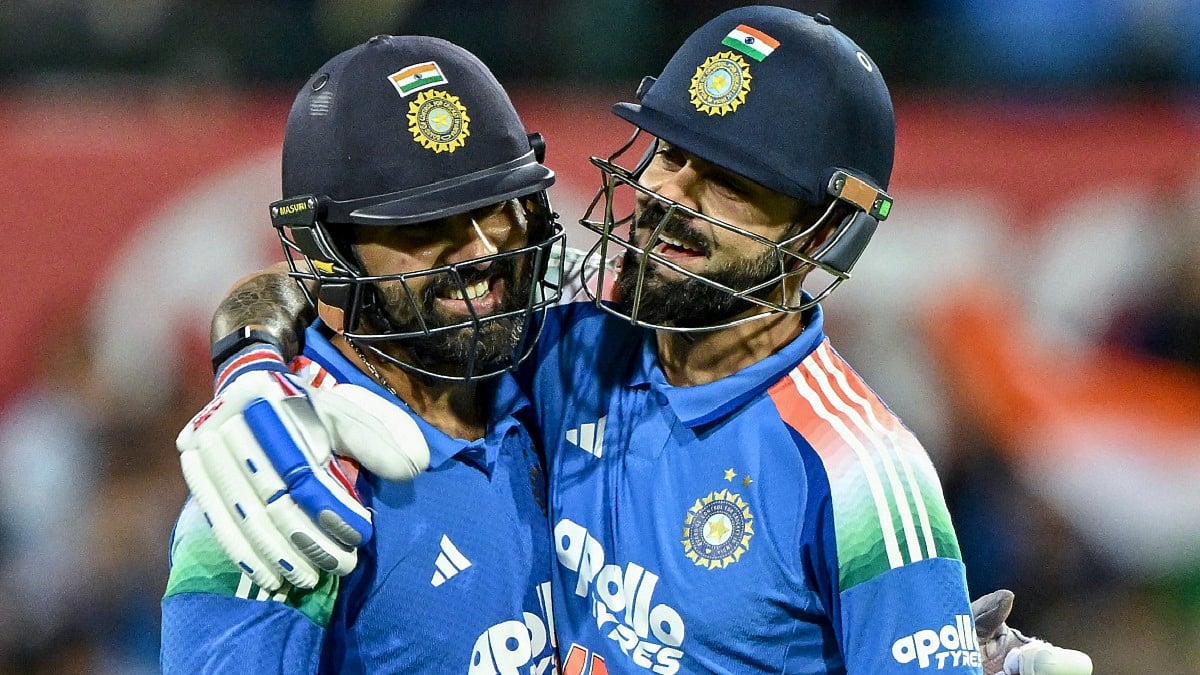
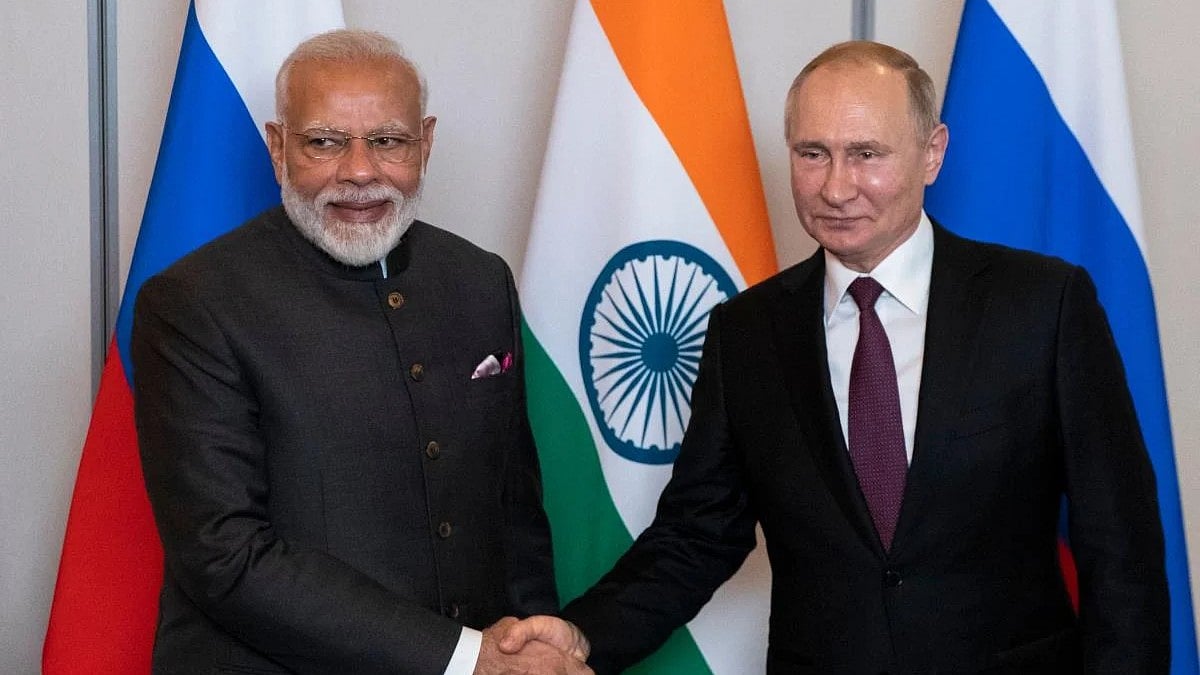
.jpg)



